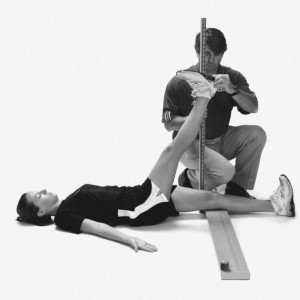The other day a client walked past the front desk and said 'I'm done. My back is spasming and I can't train today'. I could see the pain and disappointment in this young athlete's eyes. She was a dedicated athlete and was upset with only the physical pain but also with the thought of not being able to move without pain. I asked her if she has a few minutes to check what was wrong. I should clarify that this wasn't an attempt to diagnose an injury. Instead I wanted to take a look at her movement patterns to see how she was moving and how this might be affecting her low back. The first thing we looked at was her overhead squat pattern. This was a bodyweight assessment and she was ok to get into the set up position. However as she began to squat she winced and said her back spasmed. I asked her if it hurt standing, when she began to descent or at a certain depth. She said it was at a certain depth. The next thing I had her do was get on the ground on her back to see if she could hug her knees to her chest. She could and it didn't aggravate her back. This was interesting to note because she couldn't achieve the same knee and hip flexion from a standing position. After the knee hug test I asked her to keep both knees straight and lift one leg as high as she could. She raised one leg a few inches off the ground and repeated the same for the other leg. This was unusual as typically we look to see 80 degrees of hip flexion on this test. Right now this athlete was demonstrating 10 degrees. Maybe. When I asked the...
